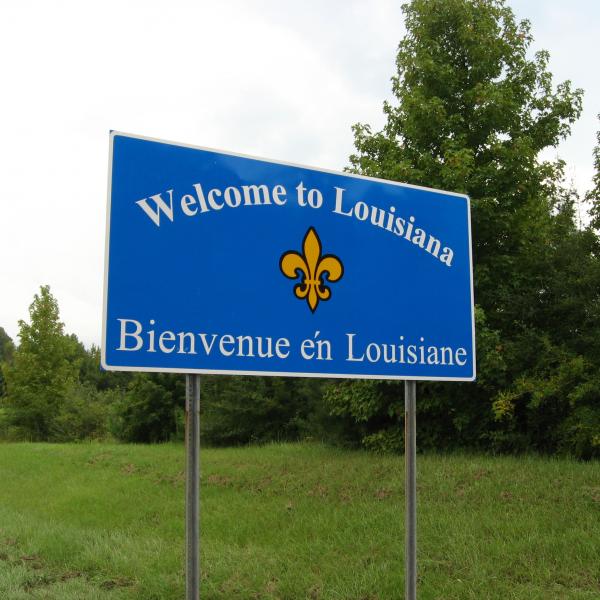During today’s session on Marcus Garvey, Professor Sowande’ Mustakeem played a YouTube clip of one of Garvey’s speeches. This audio recording gave the group a visceral experience of Garvey’s rhetorical power as well as a concise expression of his key ideas.
The next time I teach Ralph Ellison’s novel Invisible Man, I will definitely use this clip while discussing one particular scene in the novel. About midway through Invisible Man, the unnamed narrator, who has been working with an interracial political organization called the Brotherhood, finds himself and his fellow Brotherhood members in a street fight with a group of West Indian militants, led by a fiery orator who calls himself Ras the Exhorter. Ellison clearly intends Ras to represent a Garveyite response to American racism. Ras excoriates the narrator for working with whites, accuses him of selling out his race for money or sex, and gives him an invitation: “Why don’t you recognize your black duty, mahn, and come jine us?” (374). Ras’s comments penetrate the narrator’s consciousness, and he feels himself “caught in the crude, insane eloquence of his plea” (374).
When I’ve taught this novel in the past, I’ve tried to give students some background on Marcus Garvey in order to help them understand the historical context of Ras and the set of ideas for which he is a spokesman, but I’ve struggled to do so in a way that gets across to students the great appeal that Garvey’s ideas had (and in many ways continue to have) for people of color in general and African Americans in particular.
Although the narrator here describes Ras’s words as crude and insane, at least some of what Ras asserts about the Brotherhood ultimately turns out to be true. The white leadership of the Brotherhood deceives the narrator and sacrifices the people of Harlem in the interest of its own overarching plan.
On the other hand, the novel also depicts Ras as buffoonish and destructive. During the Harlem riot near the novel’s conclusion, Ras rides a horse through the chaos in an outlandish costume, carrying a spear and seeking to kill the narrator, whom he labels a traitor. Ellison himself did not share Garvey’s black nationalist convictions. He would never have wanted African Americans to return to Africa because he felt that America was a key part of who Negroes (his preferred term) were—and, just as importantly, that Negroes were a key part of what America was.
Still, to understand Invisible Man, I think one needs to understand not only who Marcus Garvey was, but also to understand how attractive his ideas could be to blacks in America, and how, in a sense, they addressed something in the African American experience that could not be denied. It seems significant, for example, that the narrator learns how to fight from Ras and his men, as he tells us in the Prologue when describing an exchange with an abusive white man: “I pulled his chin down sharp upon the crown of my head, butting him as I had seen the West Indians do” (4). Along with A. Hebert Bledsoe, Lucius Brockway, and the narrator’s grandfather, Ras represents an important black response to a racist world that the narrator must understand and draw from while devising his own way of living in that world.
The Garvey clip that Professor Mustakeem played today does a fantastic job of demonstrating Garvey’s key ideas as well as the power of his oratory. It provides a learning experience for the classroom that will help me teach Invisible Man more effectively.
—Frank Kovarik



